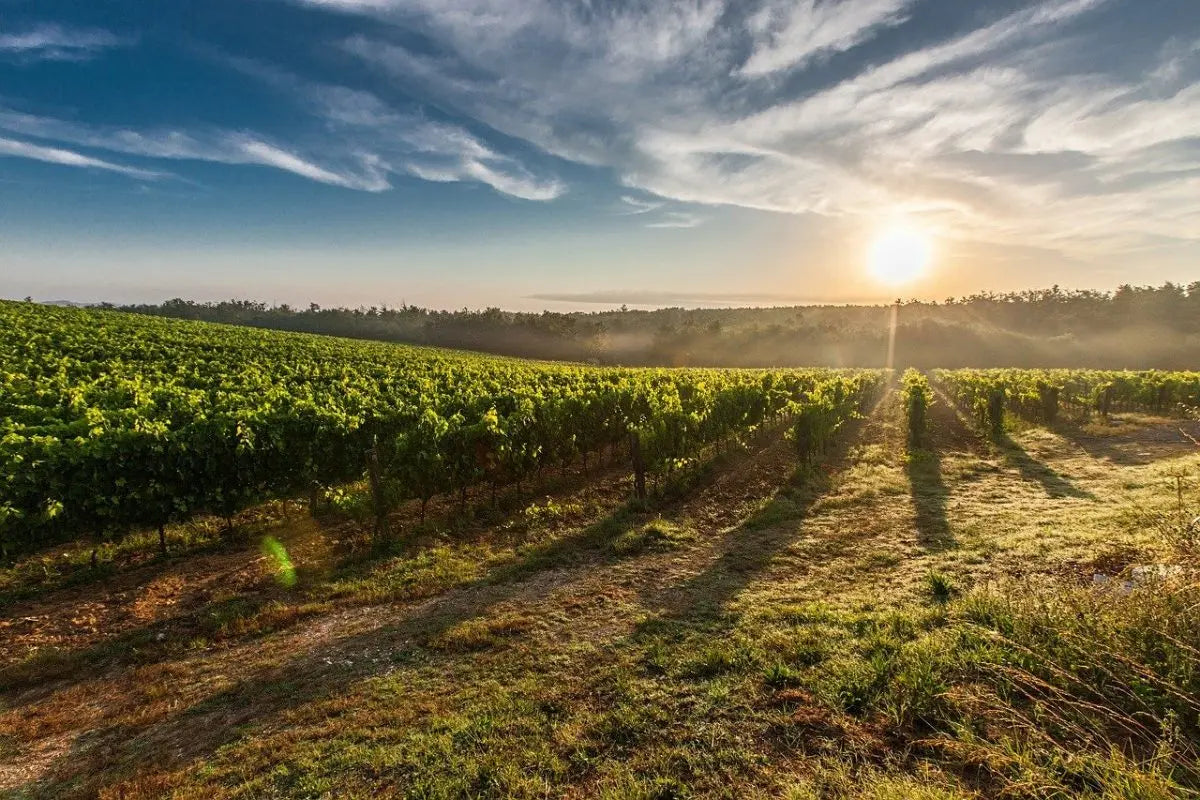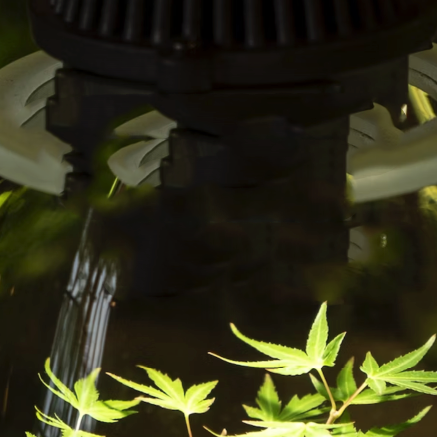Photosynthesis
Put simply, photosynthesis is a chemical process within a plant which makes food for the plant to live and grow.
To do this the plant requires 3 things - carbon dioxide (CO2), water (H20), and light. The plant uses the energy of the light to convert the carbon dioxide and water into glucose (sugar). Oxygen is produced as a by-product. The equation for this process is shown below:
The water is absorbed by the plant's roots (and sometimes the leaves):
The carbon dioxide is obtained from the air through tiny breathing pores on the underside of its leaves called stomata:
The above equation for photosynthesis is highly simplified. In this article we will go into more detail as to how it actually happens
Where it all happens
The process happens within special parts of plant cells (organelles) called chloroplasts. There's typically around 10 to 100 of these in each plant cell. The parts inside of the chloroplast that do the actual job of photosynthesis are the disc-like things called thylakoids which contain chlorophyll.
The thylakoids are arranged within the chloroplast in little stacks called grana:
What actually happens
Light is made of tiny packets of energy called photons. Plants mainly use light in the PAR (photosynthetically Active Radiation) wavelength range which is from 400 to 700 nanometres. The chlorophyll inside the thylakoids absorb the photons of light. The energy of the photons is then used to power the (rather lengthy) process of photosynthesis.
The chemistry
There are 2 halves to the process of photosynthesis which are called Photosystem I (or P700) and Photosystem II (or P680). The reason they are sometimes called P700 and P680 is because of the wavelengths of light that activate them. P700 is activated by light with wavelengths around 700 nanometres. P680 is activated by light around 680 nanometres down to around 400 nanometres.
Both of the photosystems need to be working for optimal photosynthesis. If only one or the other is activated the photosynthesis will occur but if both are activated then a greater amount of photosynthesis occurs than the sum of the parts. This is called the Emerson Effect.
Here is a diagram of how together they perform the job of photosynthesis. It is called the Z-scheme:
Photosystem II
You may be wondering why we have started with Photosystem II rather than Photosystem I. That's because photosynthesis starts off in photosystem II (P680). It all begins by splitting water (H2O) into oxygen and hydrogen ions. Then electrons are stripped off the oxygen. The energy from light is then used to give the electrons more energy.
The highly energised electrons are harnessed by a chemical called Pheophytin. Then a series of conversions occurs and a little bit of the electrons' energy is given off each time. The Pheophytin is first converted to plastoquinone. Secondly, the Plastoquinone is converted to Cytochrome. Thirdly, the Cytochrome is converted to Plastocyanin which then hands the energy depleted electron over to Photosystem I.
The energy given off as the electron goes down this "ladder" is used to convert ADP (Adenosine Di-Phosphate into ATP (Adenosine Tri-Phosphate) which is a biological energy store for both plants and animals (it is found muscle tissue). The energy in the ATP is released when it is converted back into ADP by losing one of the phosphates.
Photosystem I
Photosystem I takes the slightly depleted electrons that have been handed over to it, and then uses P700 light to re-energise it.
The re-energised electrons are used to make a compound called Ferredoxin. The energised electrons in the Ferredoxin are used to convert a compound called NADP along with the Hydrogen ion produced from the splitting of water (in the very first step) into another compound called NADPH.
The energy in the produced ATP and NADPH can then be used as the energy source in something called the Calvin cycle to turn water and carbon dioxide into glucose sugar. The Calvin cycle will be the subject of another blog.

